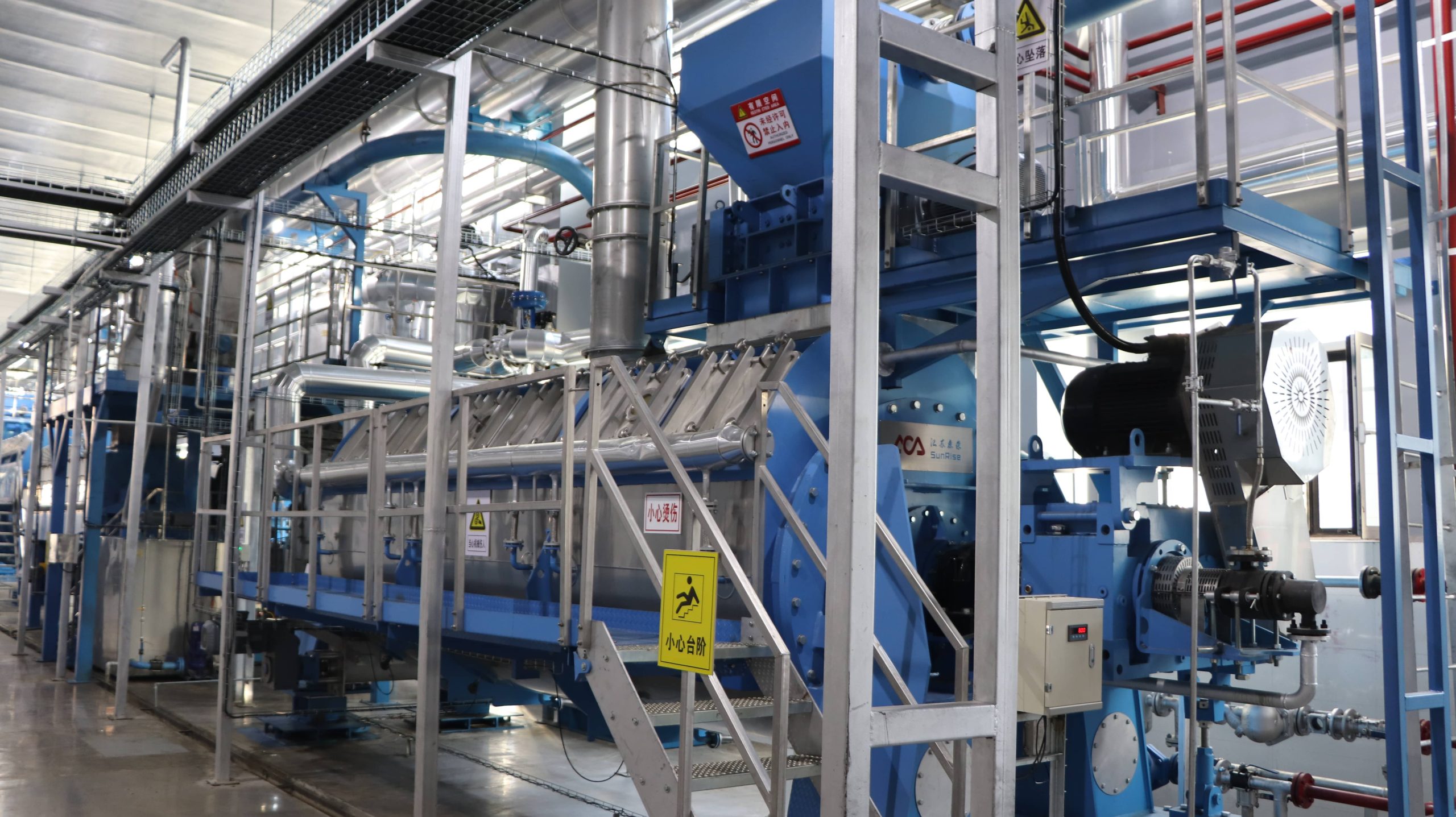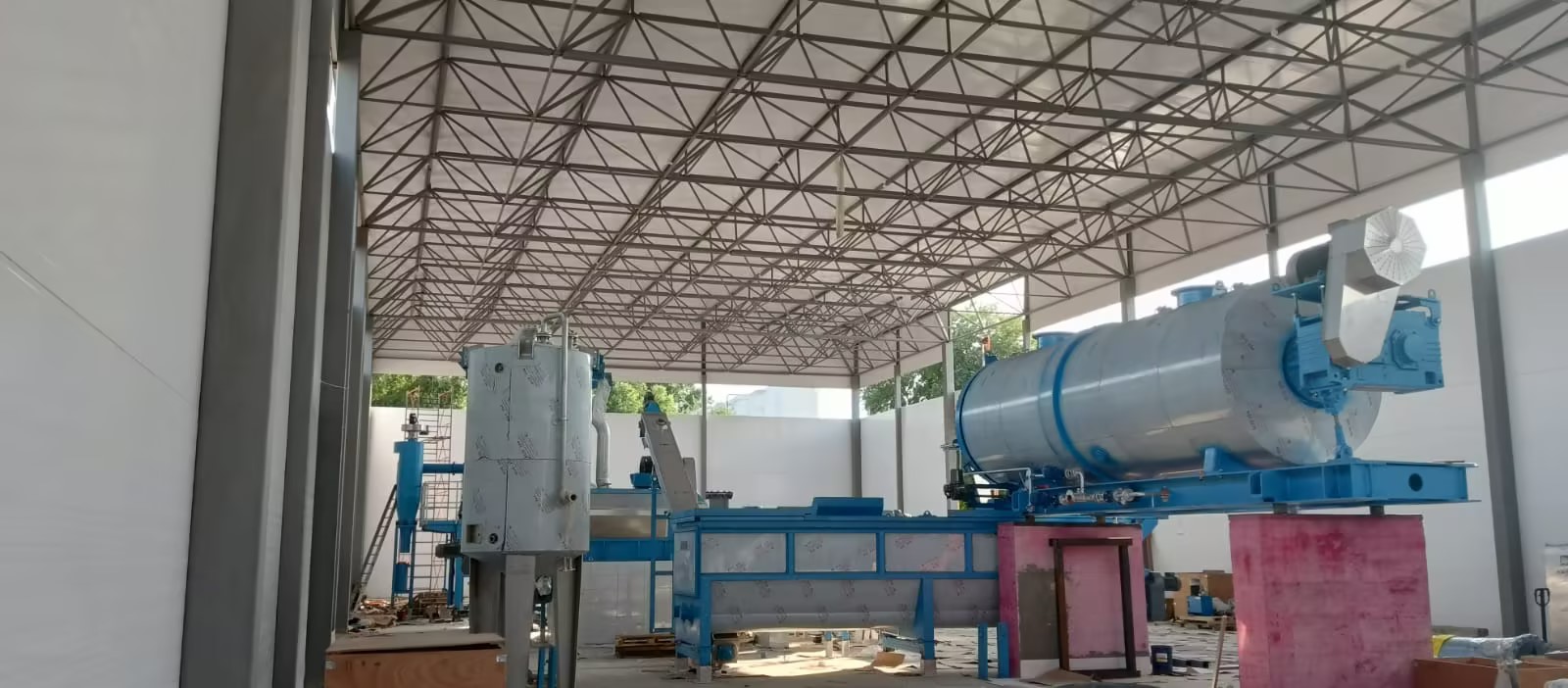
Feather Rendering: Techniques and Best Practices for High-Quality Results
Feather Rendering: Techniques and Best Practices for High-Quality Results
Feather rendering is the process of creating realistic feathers in computer-generated imagery (CGI). It is a crucial part of creating believable animals and creatures in movies, video games, and other forms of media. Feather rendering techniques have come a long way in recent years, allowing for highly detailed and realistic feathers to be created.

One of the key challenges in feather rendering is capturing the complex structure and appearance of real feathers. Feathers are made up of many tiny barbs and barbules, which can be difficult to simulate accurately in CGI. Additionally, feathers can have a wide range of colors and patterns, which must be carefully recreated in order to achieve a realistic look. Despite these challenges, advances in computer graphics technology have made it possible to create highly detailed feather models that are virtually indistinguishable from real feathers.
In this article, we will explore the techniques and tools used in feather rendering, as well as the challenges and opportunities that come with this fascinating area of computer graphics. Whether you are a seasoned CGI artist or simply interested in the latest developments in computer graphics, this article will provide a comprehensive introduction to the world of feather rendering.
Basics of Feather Rendering

Understanding Feathers
Feathers are a fascinating and complex part of avian anatomy. They are made up of a central shaft, or rachis, from which extend numerous barbs. Each barb has smaller barbules that interlock to form a flat, flexible surface that aids in flight and insulation. Understanding the structure and behavior of feathers is essential to rendering them accurately.
Rendering Techniques
Feather rendering can be accomplished using a variety of techniques. One common method is to use a combination of brushes and layers in digital painting software. Starting with a base layer, the artist can add texture and shading to create a realistic feather. Another technique is to use a 3D modeling software to create a feather mesh, which can then be manipulated to achieve the desired shape and texture.
In addition to digital techniques, traditional media such as watercolor, gouache, and ink can also be used to render feathers. These mediums can be layered to create depth and texture, and techniques such as dry brushing and stippling can be used to mimic the look of feathers.
Overall, understanding the structure and behavior of feathers and utilizing various rendering techniques can result in stunning and realistic feather renderings.
Physics of Feathers

Feather Dynamics
Feathers are complex structures that are made up of a central shaft, called the rachis, and a series of branches, called barbs. Each barb is further divided into smaller branches called barbules, which are connected by tiny hooks called barbicels. These structures work together to create a flexible and lightweight surface that can be used for flight, insulation, screw conveyor and display.
The dynamics of feathers are influenced by a number of factors, including their size, shape, and arrangement. As a bird moves through the air, its feathers create lift and drag forces that help to keep it aloft and maneuverable. These forces are generated by the way in which the feathers interact with the surrounding air, and are influenced by factors such as airspeed, angle of attack, and turbulence.
Light Interaction
Feathers are also important for their visual properties, which are used for communication, camouflage, and display. The color and pattern of feathers are determined by the way in which they interact with light, and can be influenced by factors such as pigmentation, structure, and orientation.
One of the most interesting aspects of feather coloration is iridescence, which is produced by the way in which light is reflected and refracted by the feather’s surface. This effect is created by the microscopic structure of the feather, which can include layers of transparent cells, air pockets, and keratin fibers. When light strikes the surface of the feather, it is scattered in different directions, creating a shimmering effect that can be seen from different angles.
In summary, the physics of feathers is a complex and fascinating subject that involves the interplay of many different factors. By understanding the dynamics and light interactions of feathers, we can gain a deeper appreciation for the incredible adaptations that have allowed birds to thrive in a wide range of environments.
3D Modeling of Feathers

Modeling Techniques
When it comes to creating realistic feathers in 3D modeling software, there are several techniques that can be used. One approach is to use a combination of splines and surfaces to create the basic shape of the feather. This method involves creating a spline that defines the overall shape of the feather and then using surfaces to create the individual barbs and barbules.
Another technique is to use particle systems to generate feathers. This method involves creating a particle emitter and then using a series of rules and parameters to control the shape and movement of the particles. The particles can be rendered as individual feathers, or they can be combined into larger clusters to create a more realistic effect.
Texture Mapping
Texture mapping is an important part of creating realistic feathers in 3D modeling software. One approach is to use procedural textures to create the appearance of individual barbs and barbules. This method involves using mathematical algorithms to generate patterns and textures that mimic the look of real feathers.
Another approach is to use image-based textures to create the appearance of individual feathers. This method involves using photographs or scans of real feathers to create a texture map that can be applied to the 3D model. This technique can produce highly realistic results, but it can also be more time-consuming and resource-intensive than using procedural textures.
In conclusion, creating realistic feathers in 3D modeling software requires a combination of modeling techniques and texture mapping. By using a variety of tools and approaches, 3D artists can create highly detailed and realistic feathers that add depth and complexity to their creations.
Shading and Texture
Shading Models
When it comes to feather rendering, there are several shading models that can be used to achieve different effects. The most commonly used models are Lambertian, Phong, and Blinn-Phong.
Lambertian shading is a simple model that assumes that the surface of the feather is completely diffuse, meaning that it scatters light evenly in all directions. This model is useful for creating a soft, matte look.
Phong shading, on the other hand, takes into account the specular highlights on the feather surface. This model is often used to create a shiny, reflective appearance.
Blinn-Phong shading is a variation of Phong shading that is more computationally efficient. It produces similar results to Phong shading, but with less processing power required.
Texture Detailing
Texture detailing is an important aspect of feather rendering, as it adds realism and depth to the final image. There are several techniques that can be used to add texture to the feather surface.
One common technique is to use a bump map, which simulates the appearance of small bumps and ridges on the feather surface. Another technique is to use a displacement map, which actually modifies the geometry of the feather mesh to create a more detailed surface.
In addition to these techniques, it is also important to consider the color and pattern of the feather. Many feathers have intricate patterns and colors that can be difficult to replicate in a 3D model. However, by carefully studying reference images and using texture mapping techniques, it is possible to create a realistic and visually appealing feather.
Animation of Feathers
Animating for Realism
When it comes to animating feathers, the goal is to achieve a realistic and natural movement. This can be achieved by carefully observing the movement of real feathers and mimicking it in the animation.
One important factor to consider when animating feathers is the direction of the wind or airflow. Feathers will naturally move in the direction of the wind, and their movement will be affected by the speed and direction of the wind. To achieve a realistic movement, animators should pay close attention to the direction and speed of the wind and adjust the movement of the feathers accordingly.
Another important factor to consider is the weight and size of the bird. Larger birds will have larger and heavier feathers, which will move differently than smaller feathers. Animators should take this into account when animating the movement of feathers on different types of birds.
Performance Optimization
While achieving a realistic movement is important, it’s also important to optimize the performance of the animation. This can be achieved by using techniques such as LOD (Level of Detail) and feather culling.
LOD allows the animation to switch to a lower level of detail when the feathers are far away from the camera, reducing the amount of processing power required to render the animation. Feather culling allows the animation to remove feathers that are not visible to the camera, further reducing the processing power required.
In addition to these techniques, animators should also consider using efficient algorithms and minimizing the number of calculations required to render the animation. By optimizing the performance of the animation, animators can achieve a realistic and natural movement while still maintaining a smooth and efficient animation.
Lighting and Reflection
Specular Highlights
In feather rendering, creating specular highlights is crucial to achieving realistic results. Specular highlights are the bright spots that appear on a surface when light reflects off it. To create these highlights, the renderer must calculate the angle of incidence and the angle of reflection of the light rays. The angle of incidence is the angle at which the light hits the surface, and the angle of reflection is the angle at which the light bounces off the surface.
To calculate the angle of incidence and reflection, the renderer uses a technique called ray tracing. Ray tracing involves tracing the path of light rays as they bounce around a scene, reflecting off surfaces and creating shadows. By tracing the path of the light rays, the renderer can calculate the angle of incidence and reflection and create the specular highlights.
Translucency Effects
Feathers are translucent, which means that they allow some light to pass through them. To create realistic feather rendering, the renderer must take into account the translucency of the feathers. This can be achieved by using a technique called subsurface scattering.
Subsurface scattering is the scattering of light as it passes through a translucent material. In feather rendering, subsurface scattering is used to simulate the way light passes through the feathers, creating a soft, diffused effect. By using subsurface scattering, the renderer can create a more realistic effect, making the feathers appear more natural and lifelike.
Overall, lighting and reflection are key components of feather rendering. By creating realistic specular highlights and taking into account the translucency of the feathers, the renderer can create lifelike results that are sure to impress.
Software and Tools
Industry-Standard Software
Feather rendering is a complex process that requires specialized software tools. The industry-standard software for feather rendering is Autodesk Maya, which provides a wide range of features and tools for creating realistic feathers. Other popular software tools for feather rendering include Houdini, 3ds Max, and Blender.
These software tools provide a range of features for feather rendering, including the ability to create and manipulate feathers, control the lighting and shading of feathers, and simulate the movement of feathers in different environments. They also provide tools for animating feathers, creating realistic textures, and rendering high-quality images and videos.
Custom Shader Development
To achieve the desired look and feel for feathers, many artists and developers use custom shader development. Custom shader development involves creating specialized computer code that can be used to control the way in which light interacts with feathers.
Custom shaders can be used to create a wide range of effects, including realistic lighting and shading, as well as more stylized and artistic effects. They can also be used to simulate the way in which feathers move and interact with the environment, creating realistic and dynamic animations.
Overall, the combination of industry-standard software and custom shader development provides artists and developers with the tools they need to create realistic and visually stunning feathers.
Optimization Strategies
Level of Detail (LOD)
One common optimization strategy for feather rendering is to use level of detail (LOD) techniques. This involves creating multiple versions of the feather model, each with varying levels of detail. When the feather is far from the camera, a low-detail version can be used, while a higher-detail version can be used when the feather is closer.
Using LOD can significantly reduce the number of polygons that need to be rendered, which can improve performance and reduce memory usage. However, it’s important to ensure that the transitions between LOD levels are smooth and seamless, as abrupt changes can be noticeable and distracting.
Real-Time Rendering Considerations
When rendering feathers in real-time, there are several considerations that can help improve performance. One approach is to use impostors, which are 2D images that are rendered from a 3D model. These images can be used in place of the 3D model when the feather is far from the camera, reducing the number of polygons that need to be rendered.
Another approach is to use billboarding, which involves rendering the feather as a flat 2D image that always faces the camera. This can be an effective technique for rendering large numbers of feathers in real-time, although it may not be suitable for all situations.
Overall, optimizing feather rendering requires a balance between performance and visual quality. By using techniques such as LOD and impostors, developers can create realistic feather effects while maintaining smooth and efficient performance.
Case Studies
Feature Film Examples
Feather rendering has been used in a number of feature films to create realistic and visually stunning effects. One notable example is the 2019 film “The Lion King” directed by Jon Favreau. The film relied heavily on feather rendering to create the lifelike appearance of the animals, particularly the birds. The team used a combination of procedural and hand-placed feathers to create the desired effect. The end result was a breathtaking visual experience that was praised by audiences and critics alike.
Another example of feather rendering in feature films is the 2016 animated film “Moana” directed by Ron Clements and John Musker. The film used feather rendering to create the feathers on the character Maui’s headdress. The team used a combination of procedural and hand-placed feathers to create a realistic and dynamic look. The feathers were animated to move and react to the character’s movements, adding an extra layer of realism to the character’s design.
Video Game Examples
Feather rendering has also been used in video games to create stunning visual effects. One example is the 2018 game “Assassin’s Creed Odyssey” developed by Ubisoft Quebec. The game used feather rendering to create the realistic appearance of birds, particularly the eagles used in the game’s exploration mechanics. The team used a combination of procedural and hand-placed feathers to create a dynamic and visually impressive effect. The feathers were animated to move and react to the bird’s movements, adding an extra layer of realism to the game’s world.
Another example of feather rendering in video games is the 2017 game “Horizon Zero Dawn” developed by Guerrilla Games. The game used feather rendering to create the feathers on the game’s robotic creatures. The team used a combination of procedural and hand-placed feathers to create a realistic and dynamic look. The feathers were animated to move and react to the creatures’ movements, adding an extra layer of realism to the game’s world.
Overall, feather rendering has become an essential tool for creating visually stunning and realistic effects in both feature films and video games. By combining procedural and hand-placed feathers, artists are able to create dynamic and lifelike effects that add an extra layer of realism to their projects.
Future of Feather Rendering
Emerging Technologies
As technology advances, so does the rendering of feathers. With the development of artificial intelligence, machine learning, and deep learning, feather rendering is becoming more realistic and efficient. These technologies allow for the creation of more complex feather structures, accurate motion, and lighting effects. Additionally, the use of physics-based rendering algorithms helps to simulate the behavior of light and shadow on feathers, resulting in more realistic and visually stunning images.
Realism in Virtual Reality
Virtual reality (VR) is becoming increasingly popular, and feather rendering is an essential part of creating a realistic VR experience. With the help of advanced rendering techniques, VR developers can create immersive environments where users can interact with virtual feathers in a lifelike way. This creates a more engaging and realistic experience for the user, enhancing the overall quality of the VR experience.
In conclusion, the future of feather rendering is bright, with emerging technologies and the increasing popularity of VR driving the development of more advanced rendering techniques. As a result, we can expect to see even more realistic and visually stunning feather rendering in the years to come.



